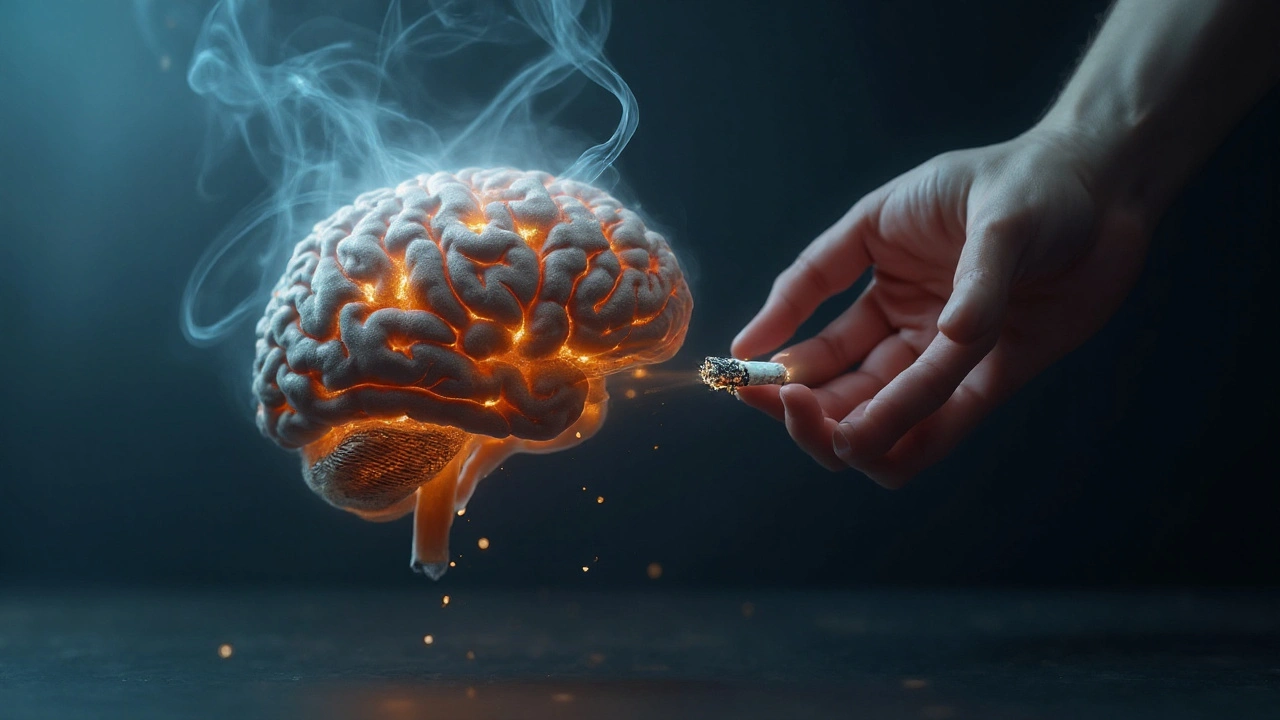
Explore the psychological forces that make smoking addiction tough to beat, from brain chemistry to cravings, and learn practical strategies to finally quit.
Ever notice how a quick glance at your phone makes you sigh, or how a tense shoulder tells you you’ve been stressed all day? Those tiny signals are called behavioral cues. They’re the little habits, body signals, and situational triggers that quietly steer what we eat, how we move, and whether we take our meds.
In the world of medicine, catching these cues early can mean the difference between a flare‑up and smooth sailing. Think of it like a car’s dashboard: the warning lights pop up before something breaks down. Your body does the same thing – only you have to learn to read it.
Eye strain signals: If you find yourself squinting after a screen binge, that’s a cue your eyes need protection. Articles on Myosis eye‑shield technology show how reducing blue light lifts that strain.
Stress clues: A racing heart, clenched jaw, or trouble sleeping often precede lupus flare‑ups. Our guide on stress management for discoid and systemic lupus explains how calming those cues can keep flares at bay.
Movement patterns: Stiff knees or a wobble when you stand up may hint at low bone density. Tai Chi for osteoporosis offers a low‑impact way to turn that cue into stronger bones and better balance.
Medication timing cues: Forgetting a dose or feeling a headache at the same time each day can signal a need for a routine tweak. Pairing rizatriptan with biofeedback, for example, helps catch migraine cues before they explode.
1. Notice the pattern. Keep a simple notebook or phone note for a week. Write down when you feel tired, when you reach for a snack, or when you miss a dose. Patterns pop up fast.
2. Match the cue to an action. If you spot eye strain after 2 hours of screen time, set a timer to take a 5‑minute break and try a Myosis filter lens.
3. Use supportive tools. Biofeedback apps can signal rising stress before a migraine hits. A wearable can vibrate when your heart rate spikes, reminding you to breathe.
4. Adjust your environment. Reduce blue‑light exposure, keep a water bottle handy, or place a reminder note on the fridge for medication.
5. Seek professional input. If cues point to something serious—like persistent joint pain or recurring headaches—talk to a pharmacist or doctor. Our guides on generic Paxil, Plavix, and Lamotrigine show how to navigate medication choices safely.
By turning these subtle signals into clear actions, you can keep your health on track without a massive overhaul. The tomorrow you wants to stay ahead of disease, and watching behavioral cues is a low‑effort, high‑reward strategy.
Ready to start? Pick one cue from the list—maybe that eye strain after scrolling—and try the simple fix we mentioned. You’ll feel the difference in a day, and that’s just the beginning of a healthier habit loop.

Explore the psychological forces that make smoking addiction tough to beat, from brain chemistry to cravings, and learn practical strategies to finally quit.